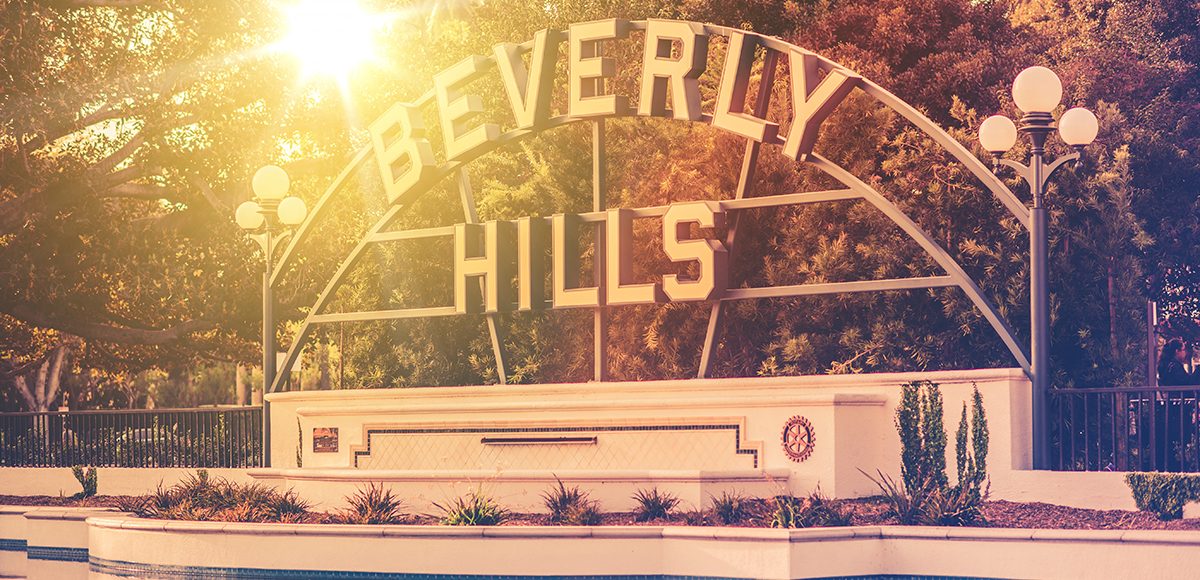On May 26, the Beverly Hills Unified School District (BHUSD) Board of Education held a regular board meeting during which reopening plans for fall 2020 were presented by Assistant Superintendent Dustin Seemann. The virtual six-hour meeting was broadcast live, gaining an audience replete with parents and teachers eagerly awaiting what the future holds.
Seemann presented three reopening options for the board. “We set out about two weeks ago with a question in mind,” Seemann said. “We had to disassemble a system overnight. We now have a couple of months to reassemble that system. Are we coming back to something better? What social impact do we need to consider?” Seemann, along with the newly assembled Options Committee comprised of representatives from all grade levels and campuses, have come up with and surveyed different plans for the 2020-2021 school year.
With 3,600 students within the BHUSD, administrators are sensitive to the needs of different families. After meeting with assistant principals, the technology department and athletics, focus groups were conducted among elementary school teachers, then middle and high school teachers followed by maintenance and operations, business, food services and the cabinet to gage response to each option before finally presenting to the board. “We looked at the following seven topics and this is what a lot of our conversation has been around,” Seemann said. “It is ordered by priority starting with safety, instruction, social emotional support, technology and whether facilities can operate. Then, what are the logistics behind these plans? Last, but not least, how do we communicate, train and plan before the first day of school?”
The first option laid out was maintaining virtual learning, essentially continuing with the current Home Learning 2.0. This plan utilizes a platform that is UC and NCAA approved, leveraging the expertise of BHUSD teachers content specialists to help deliver curriculum to students in a virtual way, with a natural break at a grading period to be able to resume back to the physical classroom.
The second option is referred to as a blended model, allowing the BHUSD to continue utilizing a platform with Apex Learning, a digital curriculum, and Goalbook Toolkit, which guides teachers working with specialized student populations to vary the levels of instructional support. However, performance-based courses such as art do not lend themselves naturally to a platform-based curriculum. Seemann outlined some variations within option two. “If we are to maintain our core curriculum online through a platform, we could possibly work on a rotating schedule where we’re able to deliver within our classrooms a different performance-based group worth of coursework each day,” she said. “So, Monday could be possibly visual arts and Tuesday possibly physical education, Wednesday performing arts, Thursday STEM Makerspace, engineering, CTE, and Friday science labs.”
For many BHUSD families where parents are unable to stay home with their children, this alternative also provides a specific classroom for each grade level to receive support. Additionally, there is an A.M. and P.M cohort option allowing for half the class to be in school during the morning, while the other half comes during the afternoon. The possibility for block scheduling was also presented, where the middle school and high school would have a split schedule. In this option within the blended model, seven school periods would be stretched over two days in an hour and a half block with a shortened lunch for students to be able to pick up and keep moving. For example, students would go through school periods one through four on a Monday, and then on Thursday periods five through seven
give students an opportunity to take socially distanced extracurriculars to foster social emotional learning. Seemann asked, “So, can we run student council and only half of them would be showing up for those meetings, utilizing the cafeteria and separating students by tables, but at least adding some of this extracurricular back into their schedule?”
The last option under the blended model is an intensive instructional 30 day, where students would take one of their six classes for 30 days at a time throughout the course of the year. “If we are social distancing, our current structure can fit 12 students six feet apart in each of our classrooms across the district. So, if we have 30 students enrolled in a course, we would have to divide by three. We would have to set up a rotating schedule throughout with a clear calendar to be able to ensure everybody knew the days that they would need to be in attendance,” said Seemann.
Lastly, the third option is a return to a “new normal.” This choice would create opportunities for grade level articulation, ensuring that students are passing onto the next grade level and giving teachers the opportunity over the summer to talk about those students moving on to the next grade without any educational gaps. “We don’t want to be faced with what had happened to us in March again moving forward,” Seemann said. “We want to ensure if we do come back to regular school we have an exit plan. That’s where we want to focus primarily on standards and our project-based learning. We want to continue to support the integration of technology. We’ll definitely have to provide a virtual option for those that decide not to attend school. So, that may be increasing our independent learning centers or starting to create a satellite independent learning center at the middle school and elementary school for those families that do not wish to bring back their student at this time.”
As for personal protective equipment and social distancing, the BHUSD will be following the guidelines mandated by the Los Angeles County Department of Health and the Los Angeles County Office of Education.







